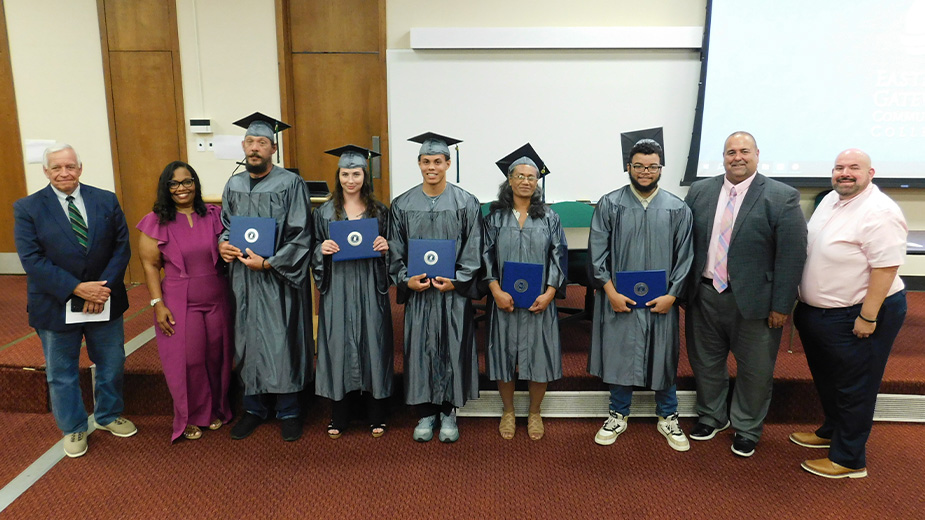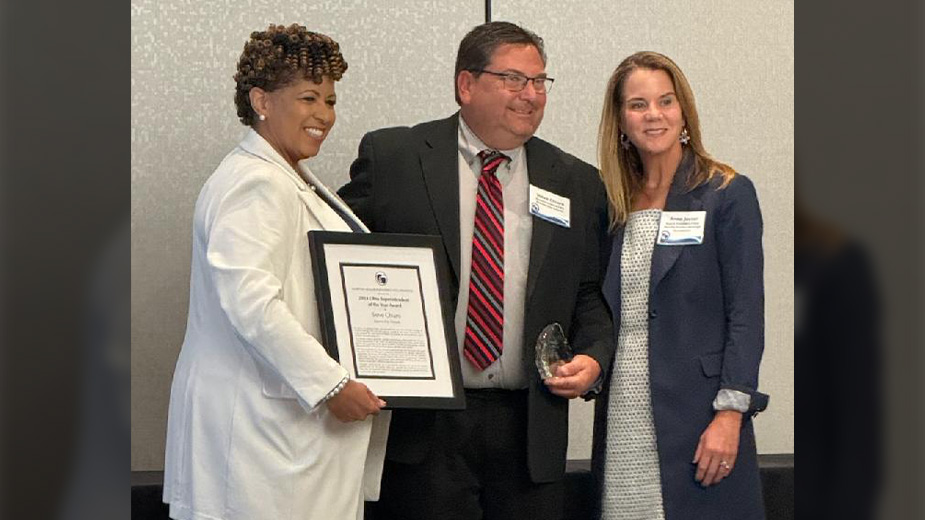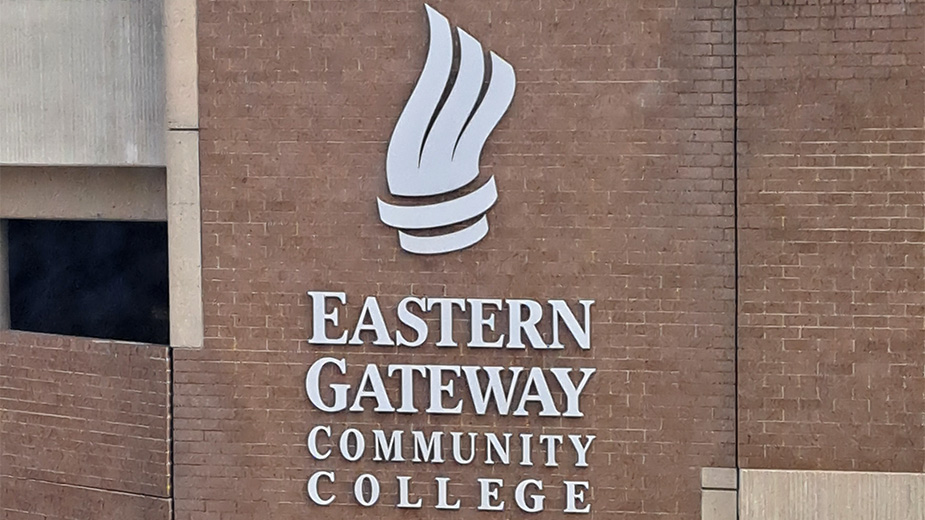50 Years Later, Wounds of Selma Remain Fresh
YOUNGSTOWN, Ohio – Clark Olsen’s life has been filled with serendipity and a dedication to thinking differently.
At age 17, after suffering from two bouts of rheumatic fever, his doctors told Olsen’s parents that he’d not live beyond 21. He beat those odds.
As a student at Oberlin College in 1954, the 82-year-old Unitarian Universalist Church minister recalls how, on a whim, he casually called out to a fellow student in a cafeteria to place his name on a list for an exchange program with the Soviet Union. He was selected and met his first wife there on a subsequent trip.
Upon graduation in 1959 from Harvard Divinity School, Olsen grew dissatisfied with what he called the “hymn sandwich” method of ministry in the Unitarian Church. He worked to reform the ministry, favoring an open-minded approach that sought the counsel from laymen outside the congregation.
And, after watching news coverage of civil rights marchers being beaten on March 7, 1965, on the Edmund Pettis Bridge, Olsen – a white man born in Boston — decided to go to Selma, Ala.
“I went because I knew it was the right thing to do,” Olsen said after delivering a lunchtime lecture Monday at the Youngstown Historical Center for Industry and Labor. “I can look back and I can say I saw on the television coverage of Bloody Sunday gross injustice in our society, and I was moved by that.”
On March 7, 1965, Alabama state troopers savagely beat civil-rights demonstrators and others as they began a peaceful march from Selma to Montgomery, an incident known today as “Bloody Sunday.”
The next day, the Rev. Martin Luther King Jr. asked ministers from across the country to join a planned second march. Olsen, and fellow Unitarian ministers James Reeb and Orloff Miller, knowing full well the danger that awaited them, answered the call.
“When I heard King had invited the clergy, I debated for a bit, but then decided I had to go for the simple reason it was the right thing to do,” Olsen said.
Then on the evening of March 9, the three white ministers were walking from an integrated restaurant to the Brown Chapel A.M.E. Church when a gang of white segregationists attacked them.
“I don’t know how you can prepare yourself for that moment,” Olsen said.
One of the attackers smashed Reeb’s head with a club; Olsen and Miller were chased down and beaten, but not badly. Reeb, however, was in bad shape and Olsen returned to help his friend. Reeb was taken to a hospital in Birmingham where he died 36 hours later.
Public outcry against the violence in Alabama hit a fevered pitch following Reeb’s death, Olsen says, and was the “tipping point” that convinced President Lyndon Johnson to present a draft version of the 1965 Voting Rights Act to a joint session of Congress. “Just a few days later, on Monday, Johnson was speaking to Congress and the nation saying that we have to pass the Voting Rights Bill,” he said.
Olsen says that Johnson received more than 50 personal telephone calls related to Reeb’s death, Olsen said. The murder of black activist Jimmie Lee Jackson in Marion, Ala. just three weeks earlier had elicited no similar reaction.
“There’s evidence that Jim Reeb’s death caught Johnson’s attention,” he said, adding that it spoke to what was then a racist culture in America – that it took the death of a white minister to spur action rather than the murder of a black activist in the South.
During his landmark address to the nation just days after Reeb’s death, Johnson invoked the struggle in Selma: “There, long suffering men and women peacefully protested the denial of their rights as Americans. Many of them were brutally assaulted. One good man – a man of God – was killed.”
To this day, those words continue to have a profound effect on Olsen, who became emotional several times as he paused to collect himself as he recounted Johnson’s address and Reeb’s legacy. “It’s just an amazing gift to me,” he said.
Olsen subsequently testified in the trial of four white men charged with murdering Reeb, but an all-white jury found them not guilty and no one has been convicted of the crime.
Because of Selma, Olsen said, he’s forged friendships with other personalities in the Civil Rights movement, including U.S. Rep. John Lewis, D-Ga., and Minnijean Brown Trickey, one of the Little Rock Nine.
Olsen, who now lives in North Carolina, is a participant in Sojourn to the Past, an annual project in which as many as 12 high school students travel to the South to visit sites related to the Civil Rights movement and to meet personalities such as Lewis, Trickey and Olsen.
“He’s a gentle spirit,” Penny Wells, director of the Mahoning Valley Sojourn to the Past, said of Olsen. “It resonates with the kids to hear somebody 50 years later still has that heart and emotion of what happened.”
Wells said her goal is to bring to Youngstown as many civil-rights leaders as she can . “We’re going into our 10th year in Youngstown,” she noted, while the national program is in its 17th.
The Voting Rights Act became law on Aug. 26, 1965. The law prohibits poll taxes, literacy tests and other discriminatory measures as conditions to register to vote.
Two years ago, the U.S. Supreme Court struck down a major provision of the Voting Rights Act, saying that most of the conditions no longer hold in American society, a ruling that disappointed Olsen. “But, I believe in my heart that, given a few years, it will be reversed at the local level and state level,” he said. “The game’s not over yet.”
Pictured: Selma, Ala., March 7, 1965.
VIDEO INTERVIEW:
‘3 Minutes With’ Rev. Clark Olsen
Copyright 2024 The Business Journal, Youngstown, Ohio.



